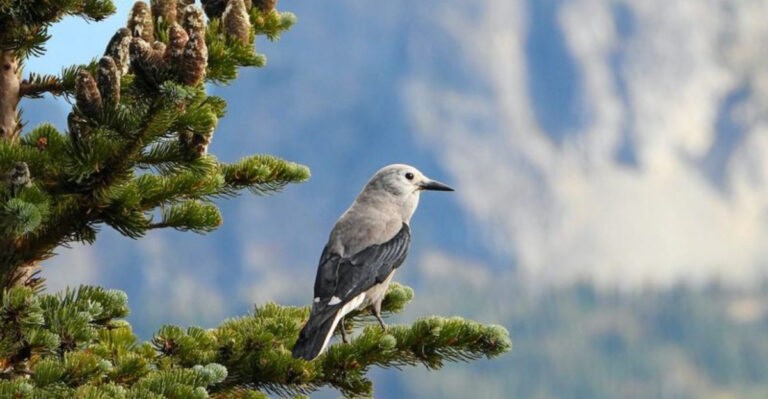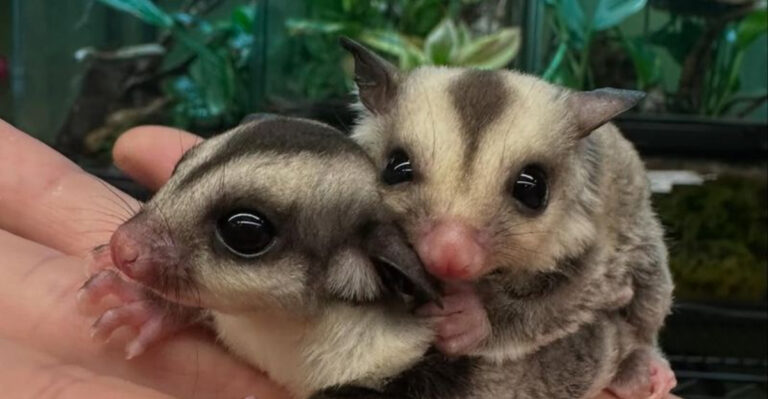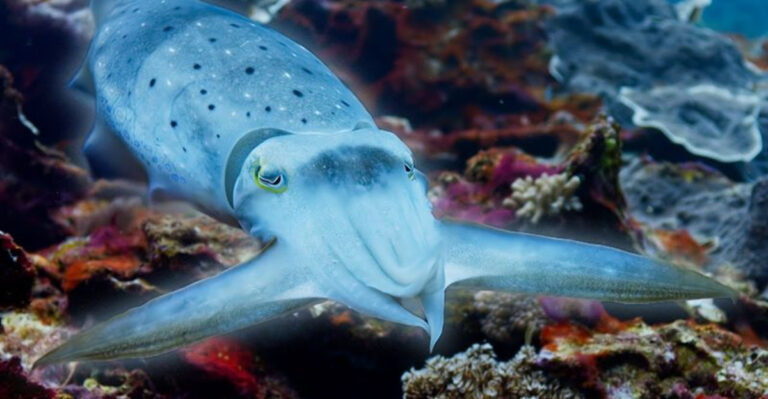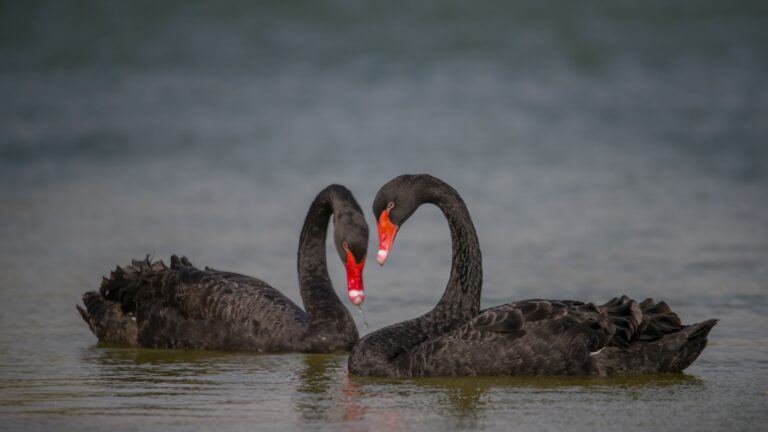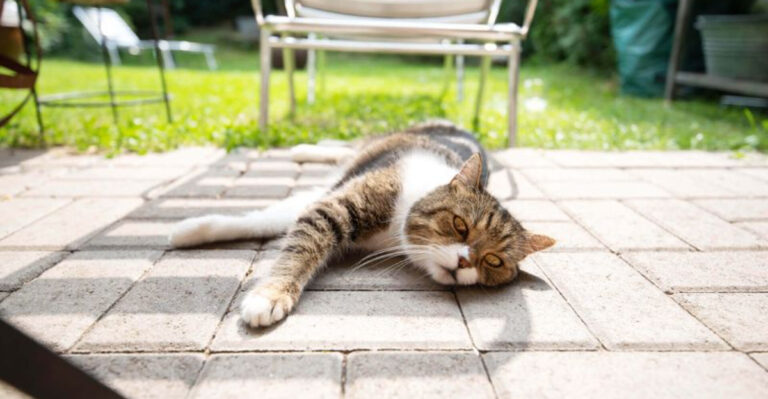14 Shedding Superstars Of The Animal Kingdom
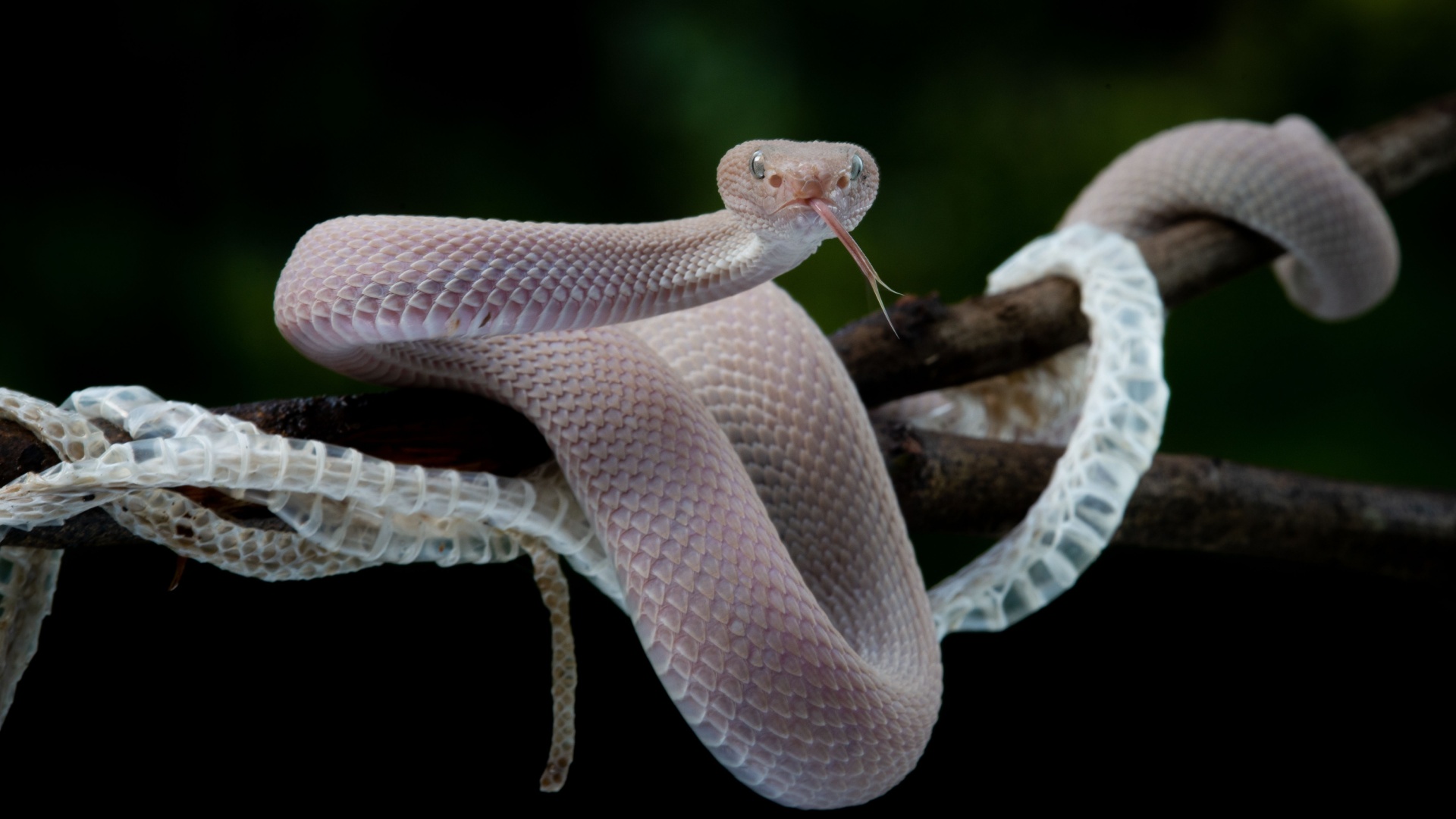
In the wonderful world of the animal kingdom, shedding is a fascinating and essential process. From reptiles to insects, many creatures undergo this natural renewal to maintain their health and wellbeing.
Let’s explore mesmerizing animals that are true shedding superstars, with each one having a unique tale to tell.
Prepare to be amazed by the ingenious ways these animals shed their skins, exoskeletons, or feathers, and the reasons behind this captivating phenomenon.
1. Snakes
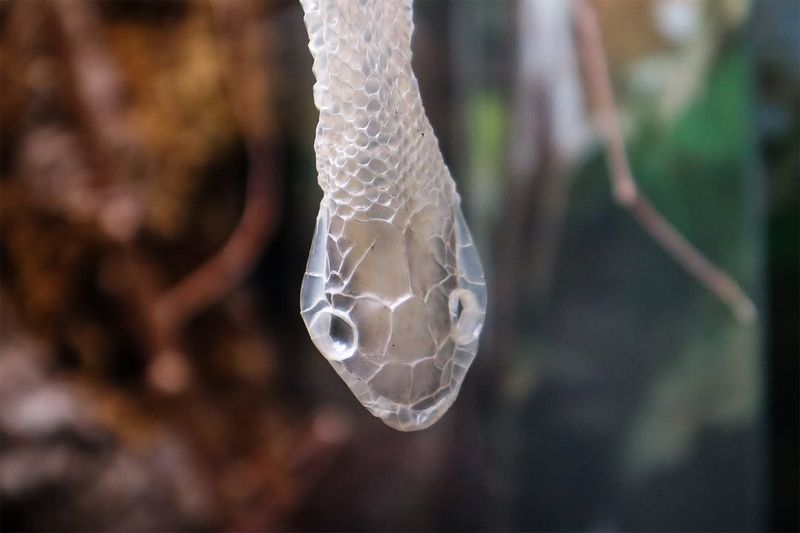
Glimpse the beauty of snakes as they shed their skin in one great peel. This mesmerizing process unveils a shiny, new layer beneath. Snakes typically shed several times a year, growing larger each time.
The sight is both eerie and fascinating, leaving behind a ghostly, transparent replica. This shedding helps remove parasites and allows for growth and renewal.
Indeed, snakes master the art of transformation, with each new skin a testament to their survival.
2. Lizards
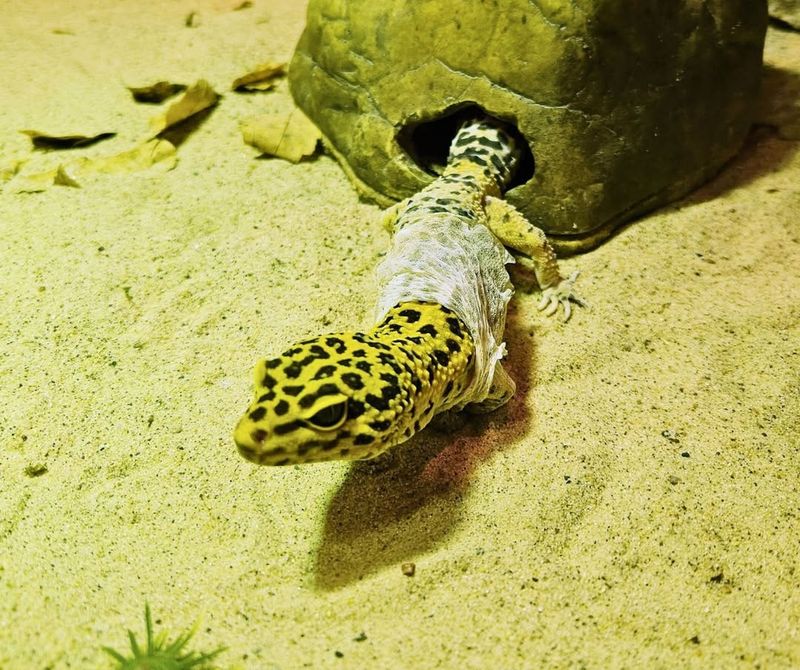
Lizards embark on their shedding journey with enthusiasm. This captivating process involves peeling away old skin, often in pieces.
The shedding allows them to remove parasites and adapt to their ever-changing environments. Watching a lizard shed is witnessing a miracle of nature.
Their nimbleness and adaptability are perfectly displayed in this ritual, ensuring they remain sleek and healthy.
3. Frogs
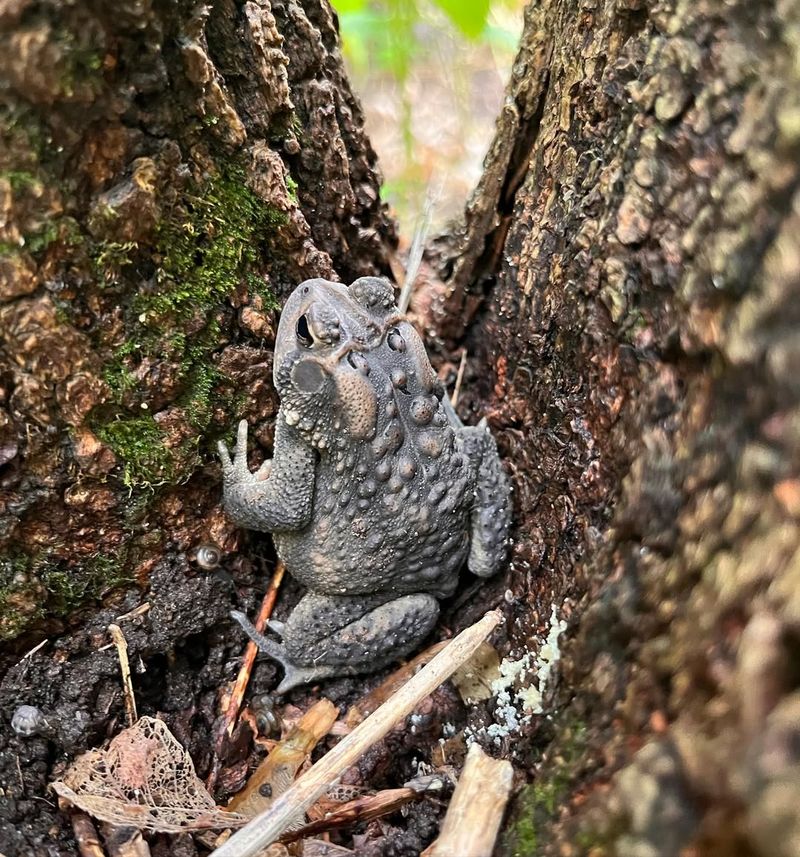
Slipping out of their old skin like a damp suit, these amphibians reveal the fascinating side of nature’s renewal process. Shedding helps frogs keep their skin healthy and moist, which is crucial for breathing through it.
What’s more surprising is that they often eat the shed skin to recycle its nutrients. As quiet masters of ponds and streams, frogs show just how elegant and efficient transformation can be.
4. Salamanders
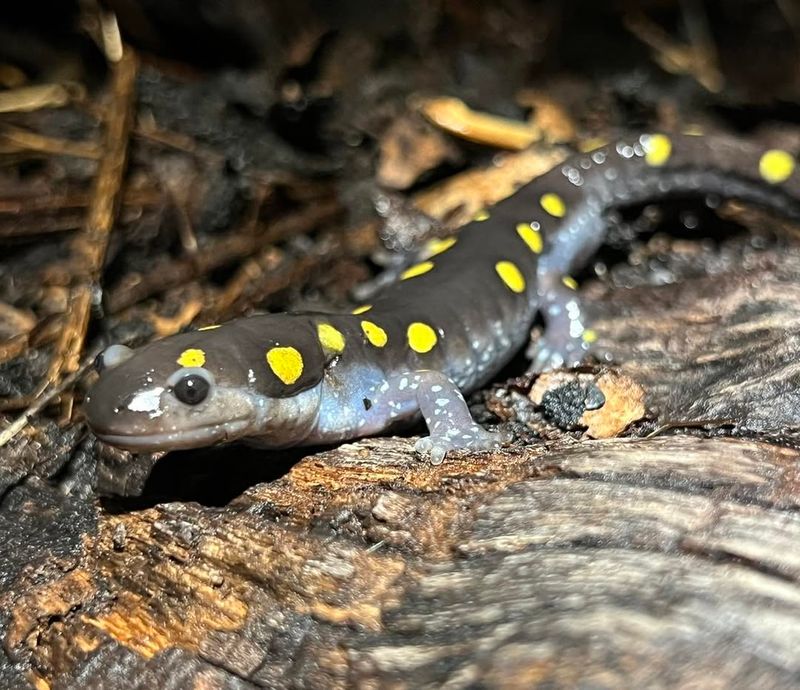
Salamanders, the elusive amphibians, shed their skin in a subtle, graceful manner. This vital act aids in their growth and sensory functions.
Typically, salamanders eat their shed skin, recycling nutrients back into their bodies. This elegant renewal process is crucial for maintaining smooth, sensitive skin, which plays a role in their moisture absorption.
The seamless transition from old to new skin is a testament to their adaptability in the moist environments they call home.
5. Tarantulas
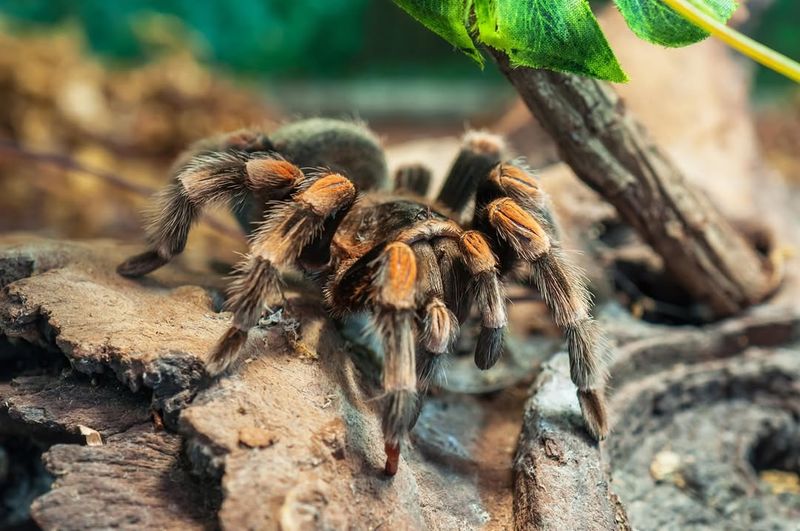
Tarantulas perform a dramatic transformation during molting. This process, though nerve-wracking for the spider, is essential for growth and regeneration.
During molting, tarantulas shed their entire exoskeleton, emerging soft and vulnerable. As they harden, tarantulas regain their formidable presence, each molt a step towards maturity.
6. Crabs
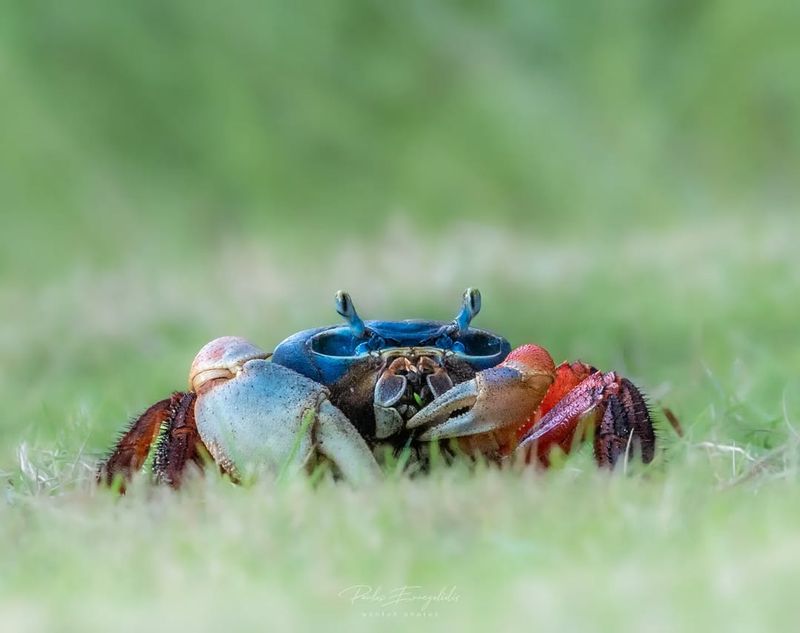
Crabs, those coastal crustaceans, shed their exoskeletons in a process known as molting. This allows them to grow larger and repair any damages.
Molting is a delicate and risky endeavor, leaving them temporarily vulnerable. As new exoskeletons harden, crabs regain their sturdy, protective shells.
The cyclical dance of shedding and renewal ensures their survival in the dynamic ocean world.
7. Lobsters
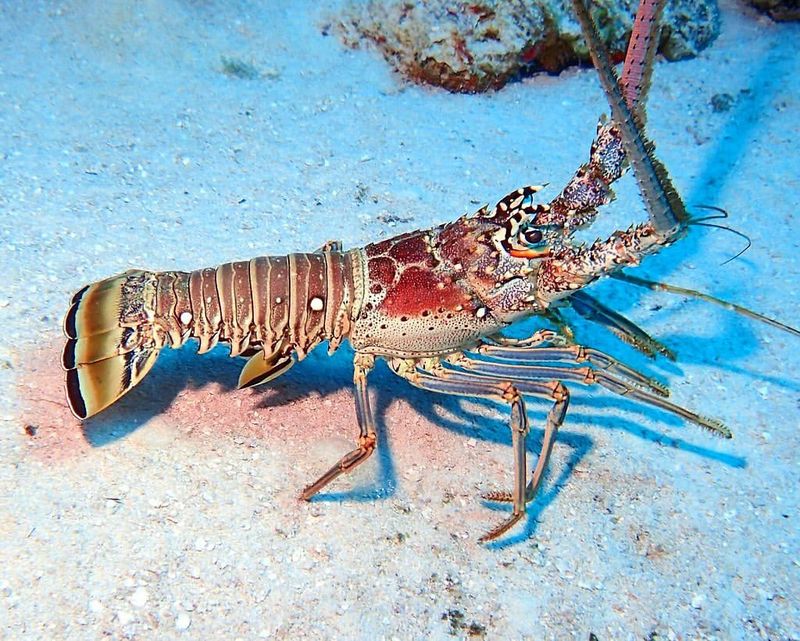
Hidden away beneath the waves, these resilient crustaceans shed their armor to grow stronger. Lobsters molt by casting off their hard exoskeletons, emerging soft and exposed before forming a tougher shell.
During this delicate stage, they seek shelter to avoid predators while their new protection solidifies. With each molt, they not only grow but also regenerate lost limbs, proving just how adaptable they truly are.
8. Cicadas
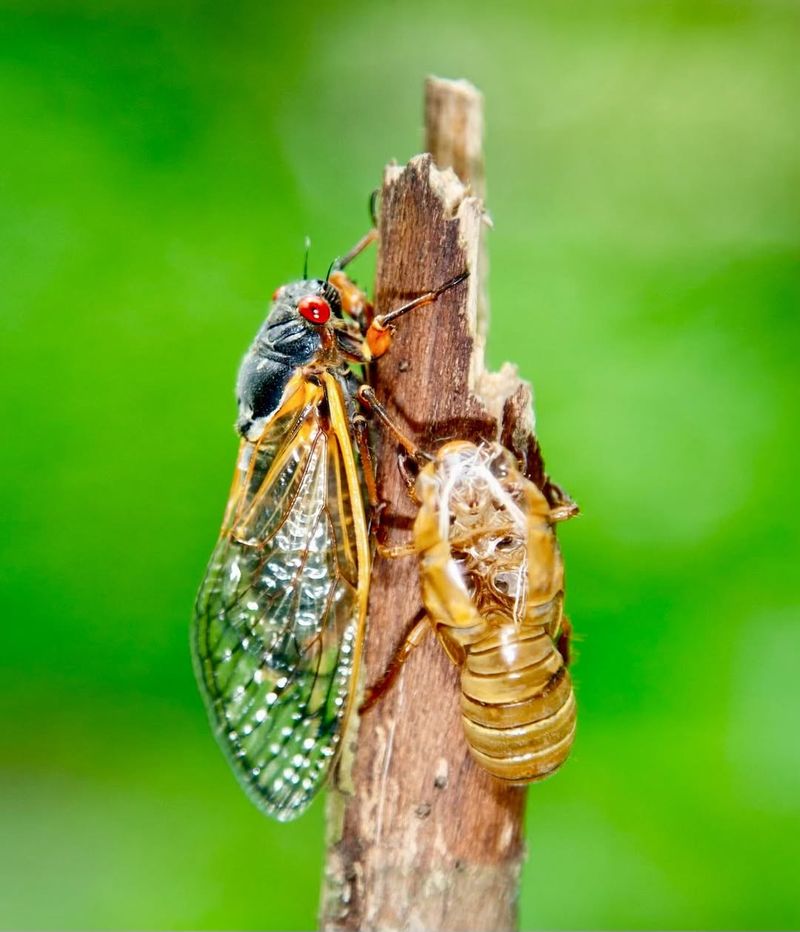
Cicadas, masters of surprise, emerge en masse to shed their exoskeletons. This synchronized spectacle marks the end of their underground lives.
These insects leave behind crispy shells, clinging to trees as they begin their short, noisy existence above ground. The mass emergence is a survival strategy, overwhelming predators.
Each cicada molt reveals a vibrant, winged adult ready to take flight and fill the air with their characteristic song, a true testament to nature’s rhythms.
9. Butterflies (Caterpillar Stage)
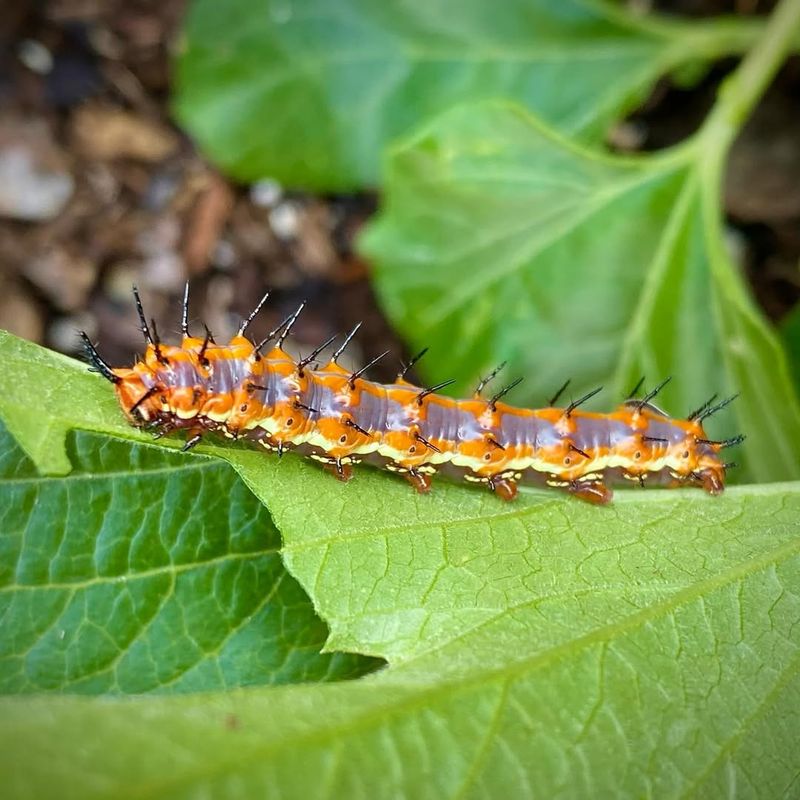
Caterpillars, future butterflies, shed their skins multiple times as they grow. This fascinating transformation is known as molting.
Each shedding phase brings them closer to the chrysalis stage, where they undergo their final metamorphosis. Watching a caterpillar shed is witnessing nature’s promise of evolution.
As they wriggle free from old skins, they inch closer to becoming the splendorous butterflies we admire.
10. Geckos
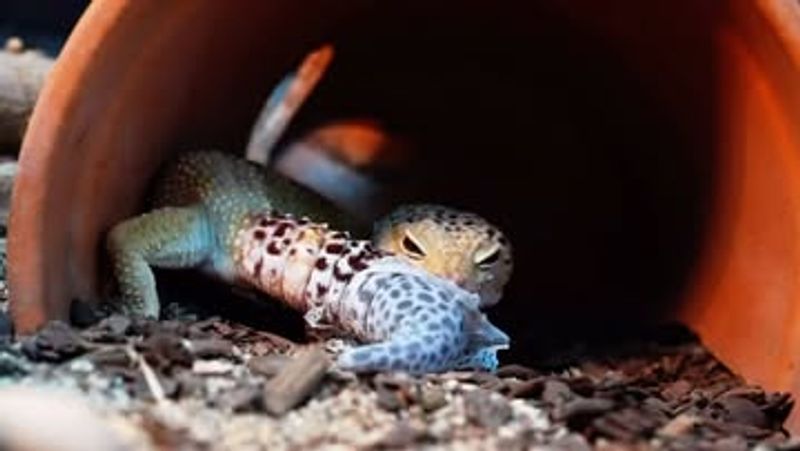
In a quiet act of transformation, these nimble reptiles slip out of their old skin to make room for growth and stay parasite-free.
Geckos often eat the shed skin, recycling valuable nutrients in a clever display of efficiency. Shedding not only keeps them healthy but also reveals fresh, vibrant colors beneath the old layer.
With every molt, geckos highlight nature’s graceful balance of survival and renewal.
11. Millipedes
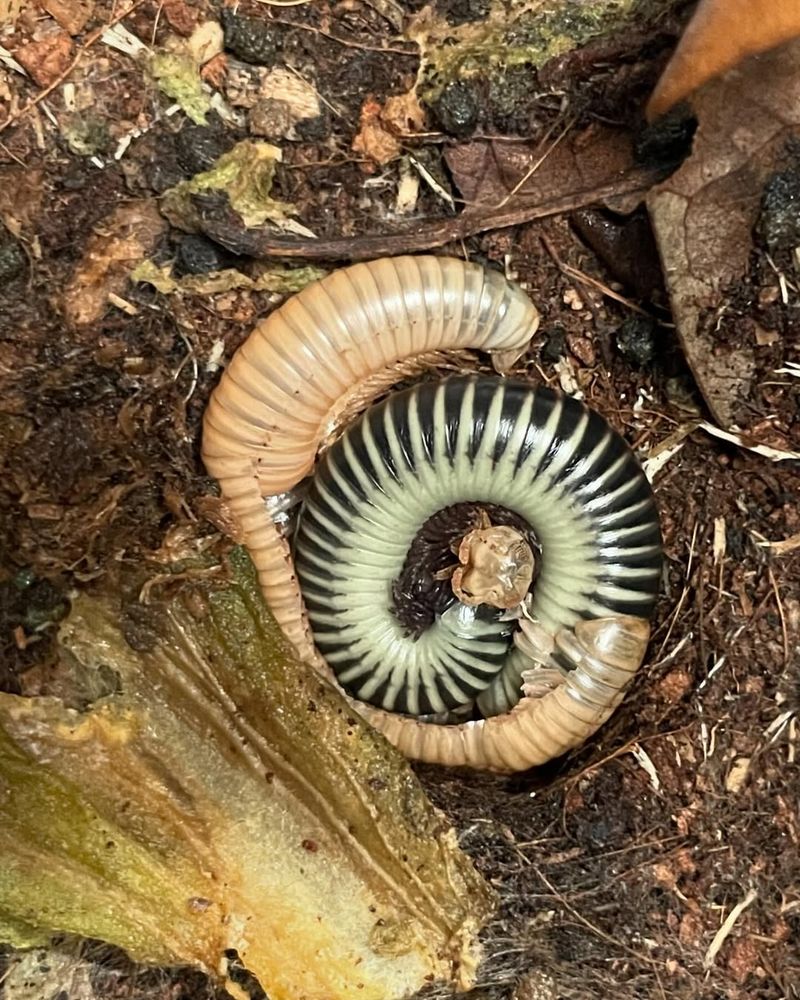
Millipedes, those many-legged marvels, periodically shed their exoskeletons to grow. This process, though unassuming, is central to their lifecycle.
Shedding allows millipedes to expand, ensuring each new exoskeleton fits comfortably. These creatures are vital to the ecosystem, breaking down organic matter.
For millipedes, each new shell is a step in their lifelong journey of growth and decay, contributing to environmental balance.
12. Scorpions
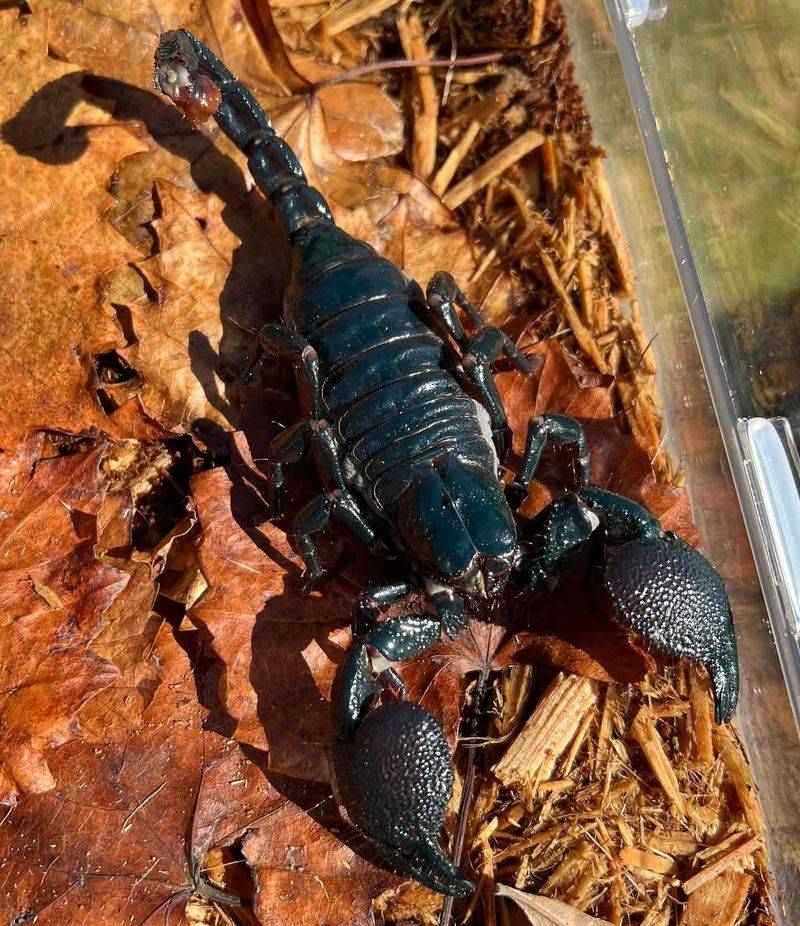
Scorpions, desert dwellers, shed their exoskeletons in a process called molting. This vital act allows them to grow and rejuvenate.
During molting, scorpions are vulnerable, seeking refuge to avoid predators. Emerging with a soft, new exoskeleton, they slowly regain their defensive capabilities.
Scorpions’ ability to renew themselves highlights their tenacity and adaptability, thriving where few others can. It’s a testament to life’s enduring spirit.
13. Hermit Crabs
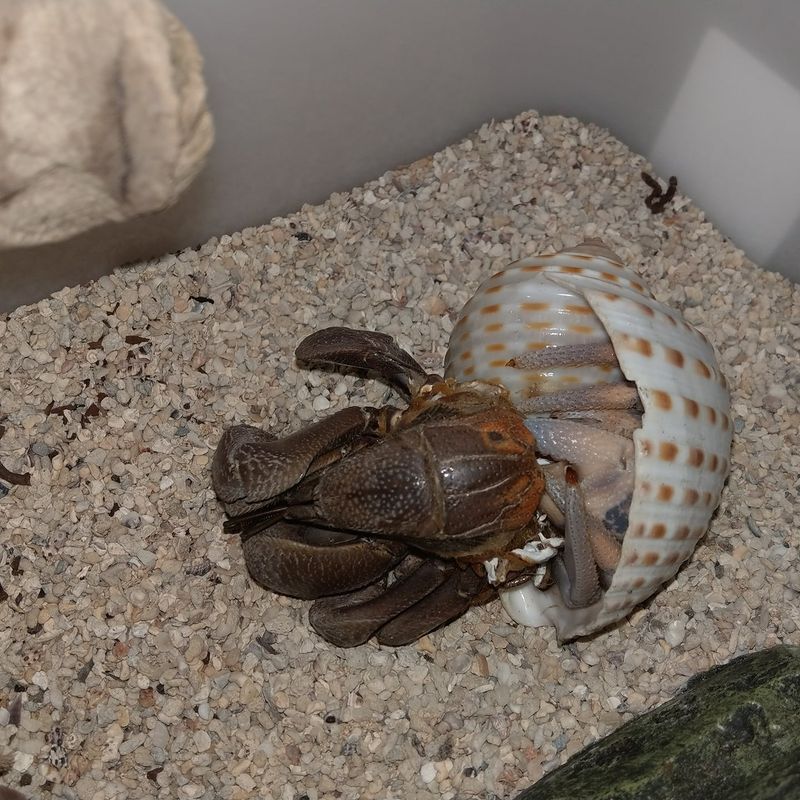
Wandering the shorelines with borrowed homes, these coastal nomads shed their exoskeletons as part of their growth. Hermit crabs must time their molts carefully, seeking out larger shells to protect their soft bodies before predators catch on.
The transition is both risky and ingenious, blending vulnerability with quick-thinking survival. Watching them upgrade their armor reveals just how clever and adaptable these little scavengers truly are.
14. Birds (Skin And Feathers During Molting)
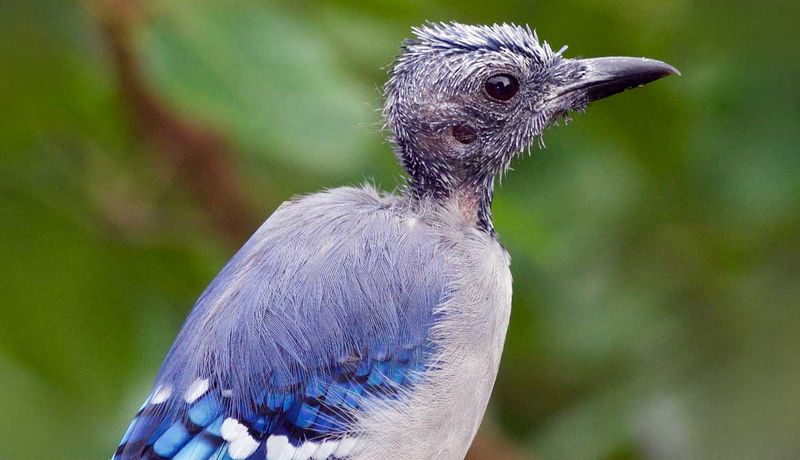
Looking a bit scruffy during the process, these feathered fliers trade in their worn-out feathers for fresh ones through molting. Birds rely on this cycle to maintain flight performance, regulate body temperature, and stay weather-ready.
Though energy-intensive, the transformation equips them with renewed strength and sleek, vibrant plumage. Their seasonal refresh is a brilliant example of nature’s built-in maintenance system.


